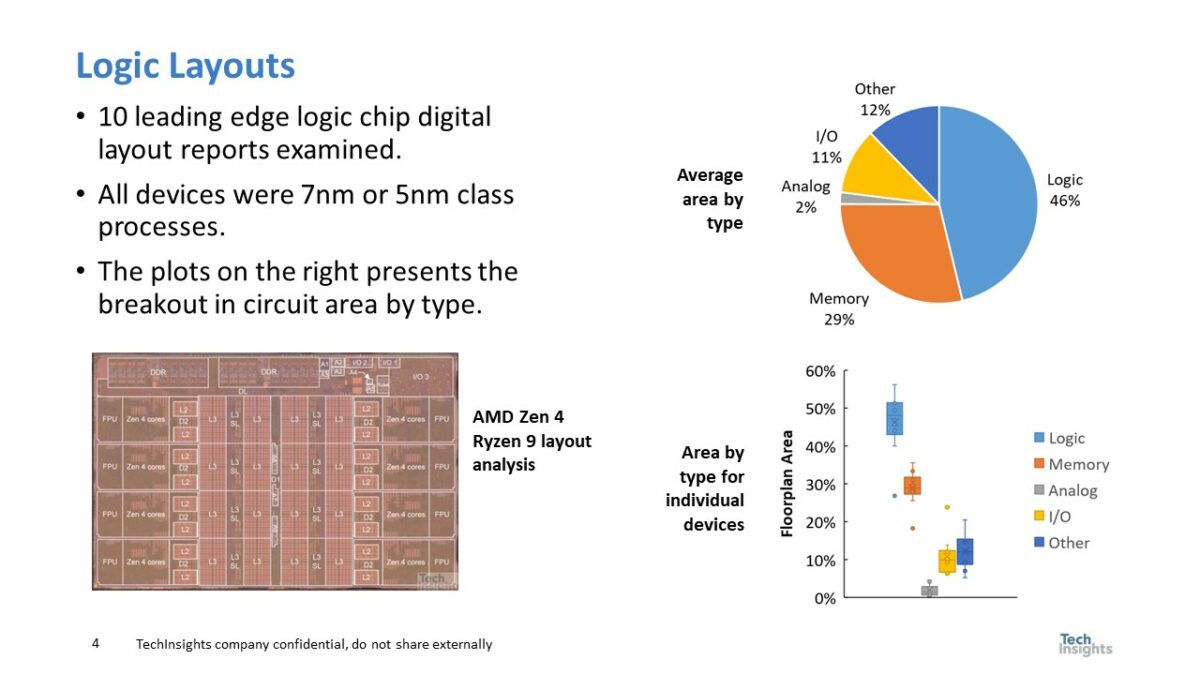From LinkedIn:
 Bob Grim
Bob Grim
Yesterday was an exciting day for us at
Tenstorrent... I would rather have not shared the headlines with
Pat Gelsinger's retirement news, but it is what is and we got plenty of coverage for our big funding announcement.
As most you know, I spent two years at
Intel Corporation and was there when Pat took over as CEO. I have posted thoughts here about Intel, and now they face another challenge - who to steer the ship? There is a lot of speculation out there about this, but here are 6 people that I think are being considered for the role. Four of them are commonly mentioned online as potential replacements, but I don't think you can leave
Gregory Bryant and
Jack Huynh out of the conversation either.
-
Lip-Bu Tan is clearly the internet favorite to replace Pat and he obviously has the pedigree for it and clearly journalists would like us to consider him the front runner. Does he want to do the job though?
-
Raja Koduri is also listed as a potential replacement. Might he be interested? Who knows... he definitely knows a lot of the business there and there aren't many folks like him. I just think he has other projects in his heart. If I am right then its too bad - his knowledge of product might really help Intel.
-
Greg Lavender is an obvious choice and commonly mentioned online as a candidate. His knowledge of the company and how it works could be invaluable. I don't think it will be him though... otherwise he would have been part of the interim CEO group.
-
Diane Bryant is the candidate that wouldn't surprise me if she got the job. I do not know Diane, but I hear nothing but good things and her track record of success is impeccable. She knows product and her years of experience at Intel will be a great help (as would her experience after leaving Intel). I think she has a real shot if she wants it.
-
Gregory Bryant, or GB as most of us know him as, is a super interesting candidate. He knows what it takes to build a successful silicon business and if he can find a partner in crime to really drive better silicon products with him then he would be a compelling candidate to come back and take the helm. There aren't many people with his experience of driving a P&L of nearly $40B.
- Ok... admittedly
Jack Huynh is a flier... but every good list needs one. If you don't know Jack, then you don't know that he has been behind most good business decisions at AMD for decades. While he can't take credit for driving the Zen architecture... he is responsible for driving and crafting deals and businesses at AMD that have saved the company on multiple occasions. Those of us in the know wonder if he is on Lisa Su's short list for her succession planning.
I know people wonder why I don't add
Jim Keller to this list... its primarily because I believe he wants to stay at Tenstorrent.
Ok - the list is made - the gauntlet thrown. Talk amongst yourselves... who takes over for Pat?




